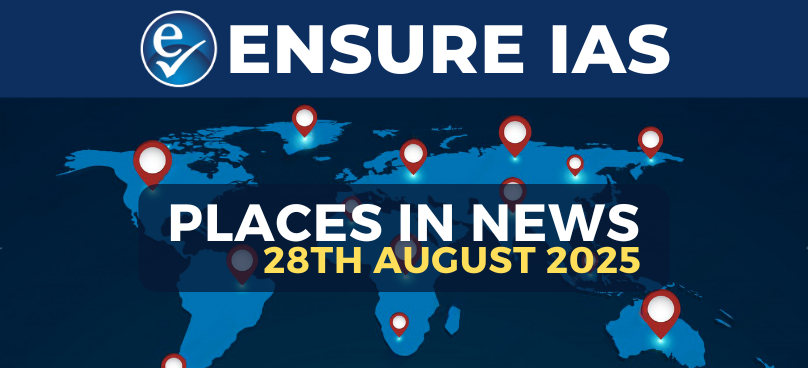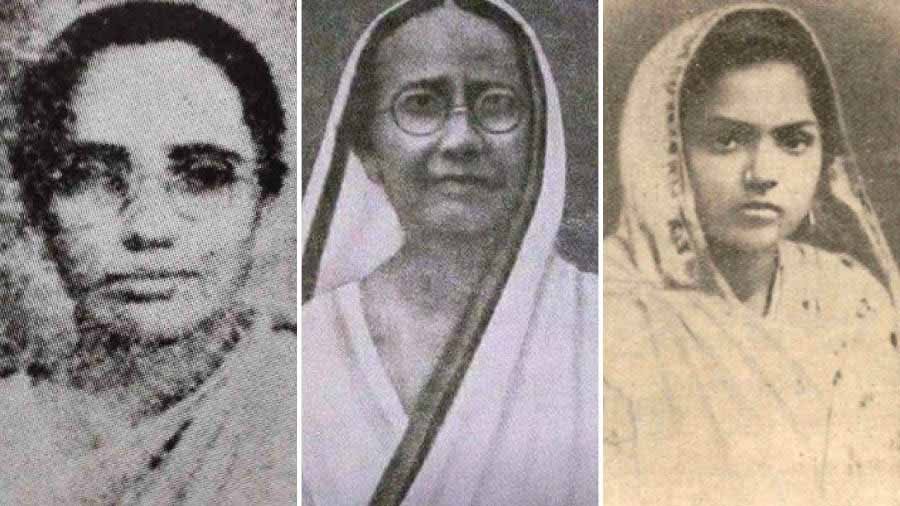Why in the News?
- The US Commerce Secretary called the H-1B visa program a “scam”, urging companies to “hire Americans” instead of foreign workers.
- The Trump administration and US political circles are signaling possible reforms or restrictions to the H-1B program, which has been a crucial pathway for Indian skilled migration.
Key Highlights
- About the H-1B Visa Program
- Created under the Immigration Act, 1990, allowing US employers to hire foreign workers in specialty occupations requiring high skills and at least a bachelor’s degree.
- Intended to fill talent gaps in the US labor market where domestic supply is insufficient.
- Historical Context and Industry Demand
- Strong lobbying by business groups like the US Chamber of Commerce helped in shaping this visa system.
- The technology boom in the 1990s made companies like Microsoft, Oracle, and later Google and Amazon the biggest beneficiaries, as domestic talent supply was inadequate.
- Indian Dominance in H-1B
- Since 2015, Indians account for over 70% of approved H-1B petitions, with Chinese workers in second place at 12-13%.
- Salary analysis:
- 25% of petitions were for salaries between $100,000-$150,000 annually.
- Vast majority of Indians earn below $100,000, lower than the median IT salary in the US ($105,990 in 2023).
- Arguments For and Against
- Proponents:
- Skilled immigrants boost innovation and productivity, as shown by research from Wharton economist Britta Glennon.
- Crucial for start-ups and large firms to maintain a competitive edge globally.
- Critics (Right and Left):
- Right-wing (e.g., Steve Bannon): Believes H-1B reduces opportunities for Americans and suppresses wages.
- Left-wing (e.g., Bernie Sanders): Argues the program creates “low-wage indentured servitude”, benefitting billionaires while hurting American workers.
- Political and Economic Backdrop
- Criticism aligns with anti-immigration rhetoric that fueled Trump’s rise.
- US economic concerns—unemployment, low wages, inflation, housing crisis—make H-1B an easy political target.
- US Commerce Secretary remark: Average American earns $75,000, while average green card recipient earns $66,000.
- Proponents:
Implications
- For Indian Skilled Workers
- Any restriction or lottery reform could reduce opportunities for Indian tech talent in the US.
- May push Indian professionals towards Canada, EU, or remote work trends.
- For US Tech Industry
- Restrictions could hurt innovation and competitiveness, forcing companies to outsource jobs abroad.
- Could lead to an offshoring boom similar to the early 2000s.
- For US-India Relations
- H-1B has been a strong people-to-people link; tightening the program could strain bilateral ties.
- For US Labor Market
- Short-term: May appease domestic workers demanding better job security and wages.
- Long-term: Could widen skill gaps in AI, cybersecurity, and advanced tech sectors.
- For Indian Economy
- Drop in H-1B opportunities may impact remittances and global exposure for Indian talent.
- Could strengthen India’s IT and start-up ecosystem, as talent stays back.
Challenges and Way Forward
| Challenges | Way Forward |
| Political polarization on immigration policy in the US | Develop bipartisan reforms balancing domestic employment and global talent needs |
| Criticism over wage disparity and job displacement | Introduce minimum wage threshold and strict compliance norms |
| Heavy dependency of Indian tech sector on H-1B | Diversify job opportunities through domestic R&D and start-up ecosystem |
| Rising anti-immigration sentiment globally | Promote bilateral skilled mobility agreements and remote work frameworks |
| Risk of talent drain from US innovation hubs | Create merit-based immigration pathways with transparency |
Conclusion
The H-1B visa debate reflects the intersection of economics, politics, and global talent mobility. While the program has fueled US innovation and created opportunities for Indian professionals, concerns over job displacement and wage suppression remain. A balanced approach that protects American workers without undermining global competitiveness is essential to avoid long-term harm to both economies.
| EnsureIAS Mains Question
Q. Discuss the recent criticisms of the H-1B visa program in the United States and analyze its implications for Indian skilled professionals, the US tech industry, and India-US bilateral relations. (250 Words) |
| EnsureIAS Prelims Question Q. Which of the following statements about the H-1B visa program is/are correct?1. The H-1B visa program was introduced under the Immigration Act of 1990. 2. It allows U.S. employers to hire foreign workers for jobs requiring at least a bachelor’s degree. 3. Indian nationals account for more than 50% of approved H-1B petitions in recent years. Select the correct Option: Answer: d Explanation: Statement 1: Correct. H-1B was created under the Immigration Act, 1990. Statement 2: Correct. It is for specialty occupations requiring high skills and at least a bachelor’s degree. Statement 3: Correct. Since 2015, Indians account for over 70% of H-1B petitions. |





